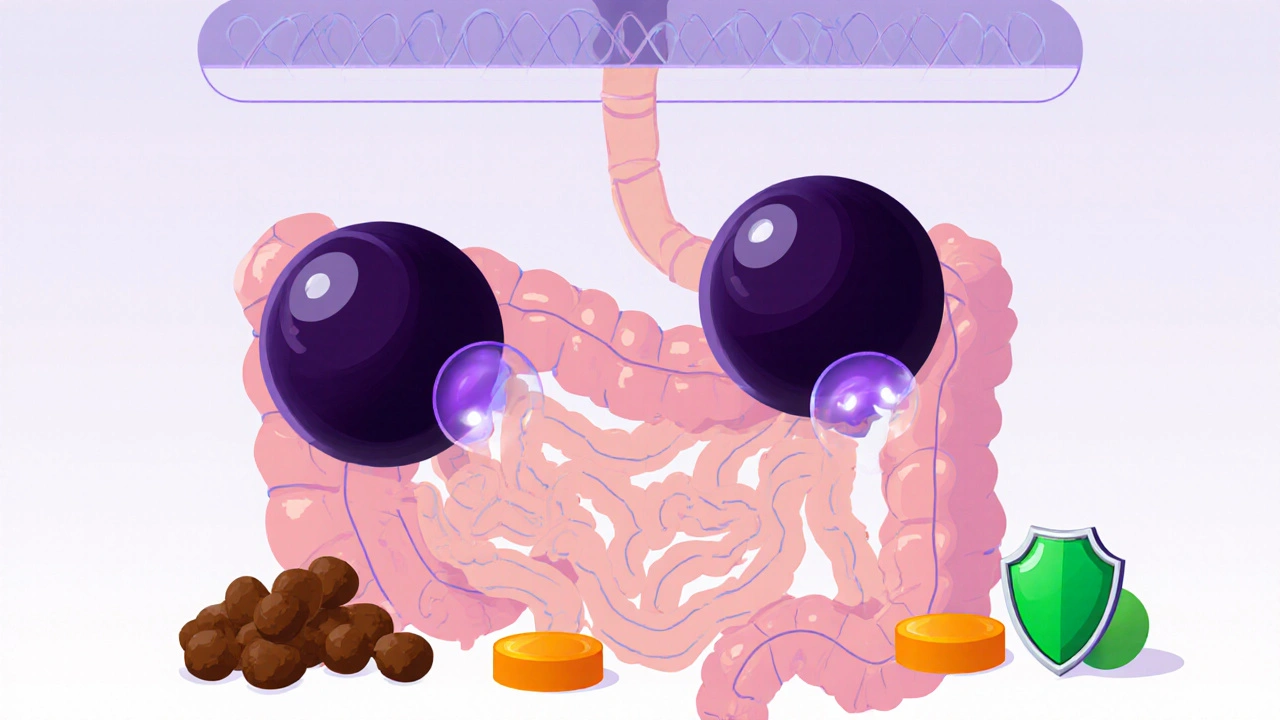TL-Pharmacy: Your Trusted Source of Quality Pharmaceuticals - Page 6
Chest Pain Evaluation: When to Go to the Emergency Department
Chest pain can be a sign of a heart attack-but not always. Learn the key symptoms that mean you need to call 911 now, what happens in the ER, and why waiting could be dangerous.
Gout Attacks: Understanding Uric Acid, Triggers, and Effective Medication Strategies
Gout attacks are caused by uric acid crystals in joints, triggered by diet, dehydration, or medication changes. Learn how to manage flares and prevent them long-term with effective meds and lifestyle steps.
Fiber Supplements and Medication Absorption: How to Separate Doses
Fiber supplements can block your medications from being absorbed. Learn which drugs are affected, how far apart to take them, and how to make this simple timing rule work in your daily routine.
Acute Kidney Injury: What Causes It, How It’s Diagnosed, and How Recovery Really Works
Acute Kidney Injury is a sudden drop in kidney function that can be life-threatening. Learn the real symptoms, how it's diagnosed, what causes it, and why recovery isn't guaranteed-even if your numbers bounce back.
Common Opioid Side Effects: Constipation, Drowsiness, and Nausea Explained
Constipation, drowsiness, and nausea are the most common opioid side effects. Learn why they happen, how to manage them, and what to do if they don’t go away. Safe pain relief is possible with the right approach.
Tirzepatide for Weight Loss: How Dual Incretin Therapy Works
Tirzepatide (Zepbound) is a dual incretin therapy that targets GLP-1 and GIP receptors to promote significant weight loss. With up to 22.4% body weight reduction in trials, it's more effective than single-receptor drugs like semaglutide.
Managing Opioid Constipation: How Peripherally Acting Mu Antagonists Work
PAMORAs like methylnaltrexone, naloxegol, and naldemedine treat opioid-induced constipation without reducing pain relief. Learn how they work, how they compare, and who benefits most.
Buspirone for Children and Adolescents: What Parents Need to Know About Safety and Effectiveness
Buspirone is a non-addictive anxiety medication sometimes used off-label for children and teens. Learn how it works, its safety profile, dosing guidelines, and how it compares to SSRIs and therapy.
Compare Asendin (Amoxapine) with Other Antidepressants: What Works Best?
Compare Asendin (amoxapine) with SSRIs, SNRIs, and other tricyclic antidepressants. Learn when it’s effective, its risks, side effects, and best alternatives for treatment-resistant depression.
Nasal Decongestants and Blood Pressure Medications: What You Need to Know for Safe Use
Nasal decongestants can dangerously raise blood pressure and interfere with hypertension meds. Learn which ingredients to avoid, safer alternatives, and how to use cold medicine safely if you have high blood pressure.




















